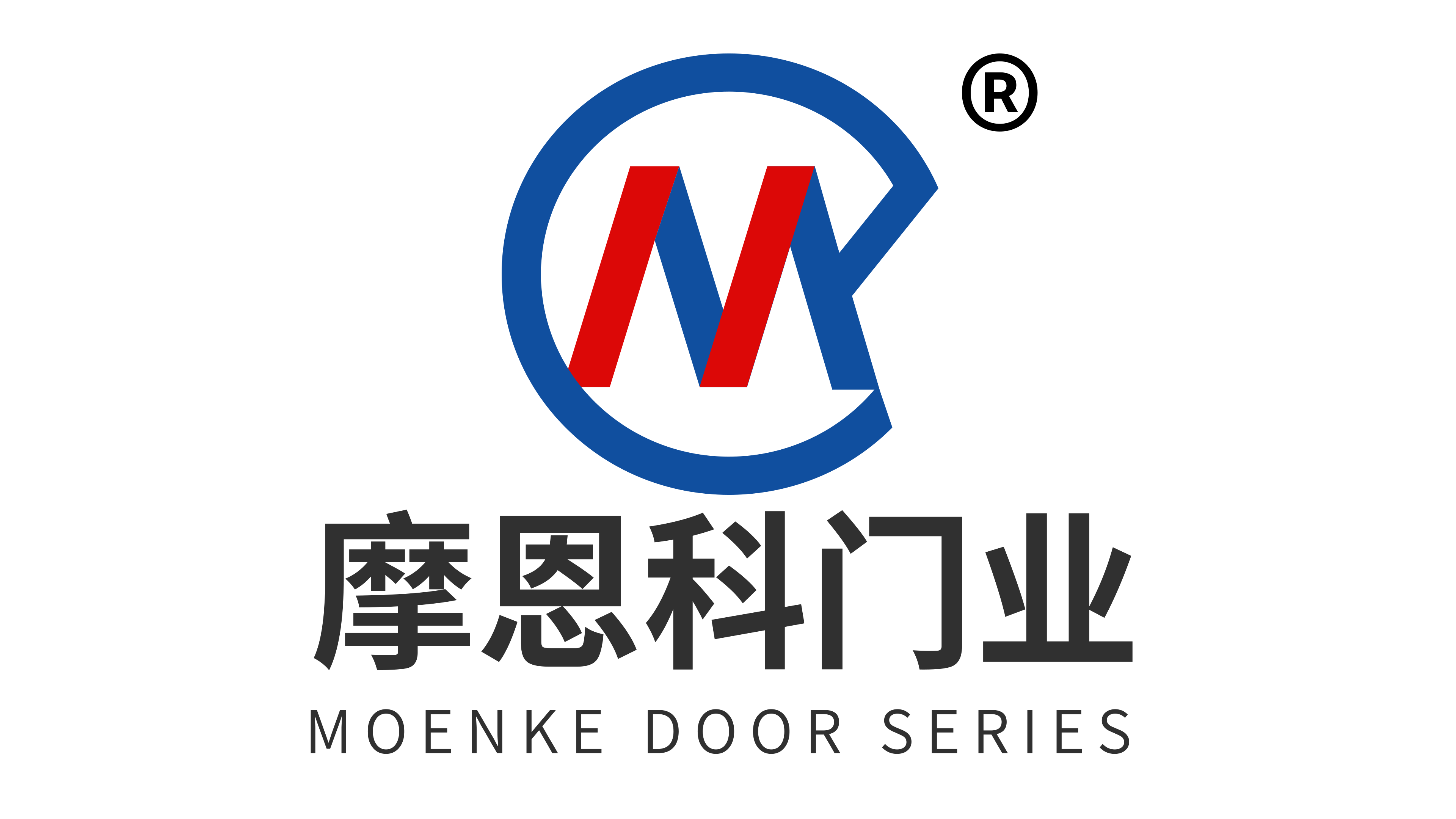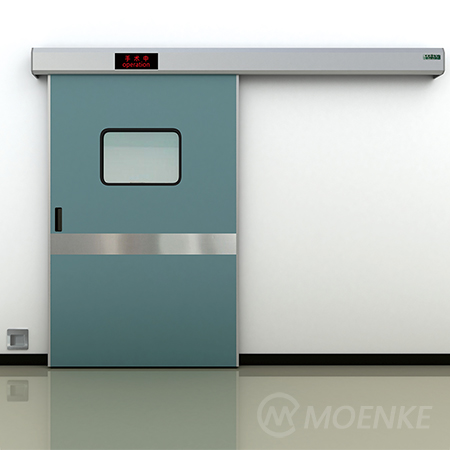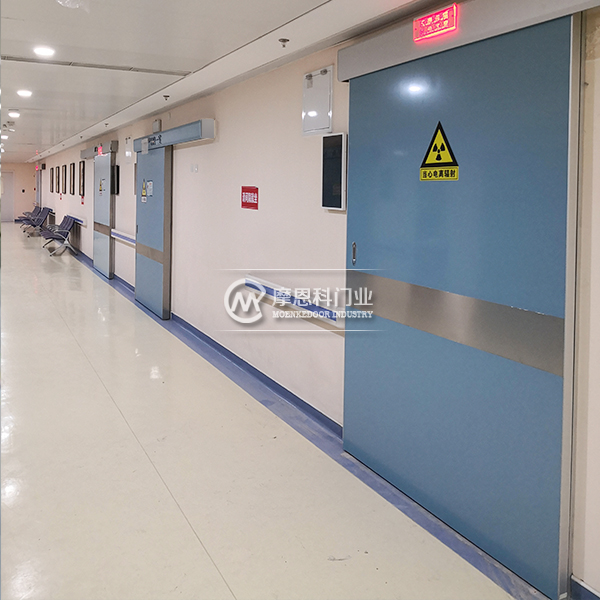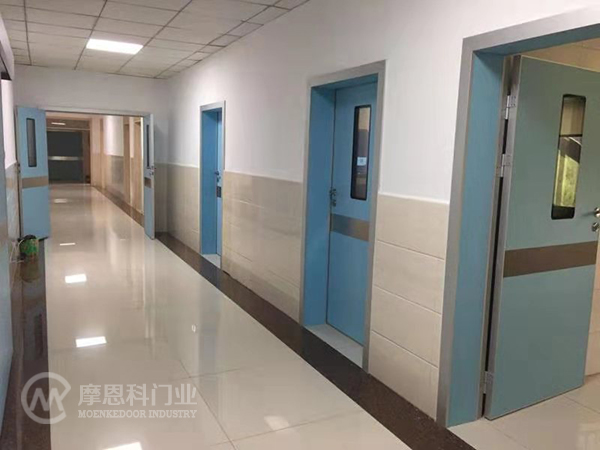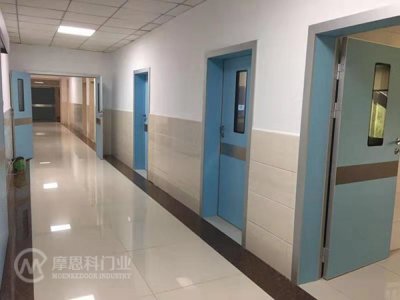We know that medical doors refer to doors used in medical environments, whose design and material selection meet hygiene requirements and special needs. The following is an overview of the history and development of medical doors: Wooden doors were generally used in ancient medical places to isolate patients, control access, and maintain privacy. However, due to the easy growth of bacteria and difficulty in cleaning, wood poses a threat to the sanitary environment.
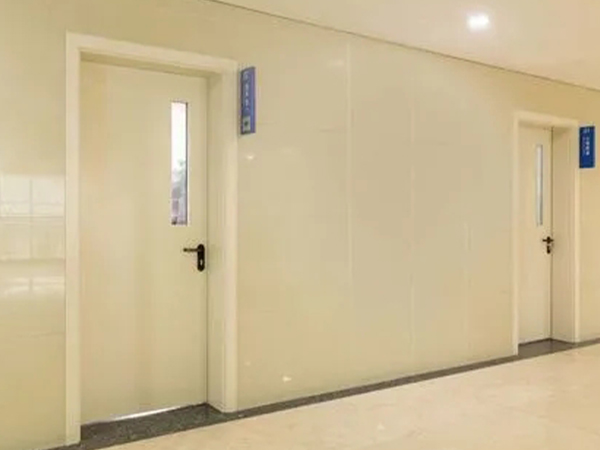
In the transitional period, with the development of science and technology and the advancement of medical theory, people began to pay attention to the hygiene and safety of the medical environment. At the beginning of the 20th century, metal doors were gradually introduced into medical institutions, making them easier to clean and disinfect. These metal doors are usually made of stainless steel or aluminum alloy.
The design and material selection of modern medical doors consider various factors, including hygiene, fire resistance, sound insulation, wear resistance, and safety. Common modern medical doors include:
Ordinary doors are widely used in medical environments and meet basic hygiene and safety requirements. They are usually made of waterproof and easy to clean materials, such as stainless steel.
Automatic doors are widely used in hospitals and clinics, providing convenient access and reducing the risk of cross infection. Automatic doors can use technologies such as infrared, kick switches, or sensors to achieve automatic opening and closing.
Fire doors are usually installed in medical institutions to protect the safety of personnel and property. Fire doors have fire-resistant properties and can act as barriers to smoke and the spread of fire in the event of a fire. In order to provide a good privacy and working environment, medical institutions also need to install soundproof doors. The soundproof door adopts a special sealing design and sound-absorbing material to reduce the interference of external noise. And airtight doors are commonly used in negative pressure wards or areas where air flow needs to be controlled. They have good sealing performance, which can effectively control air flow and prevent the spread of bacteria and viruses.
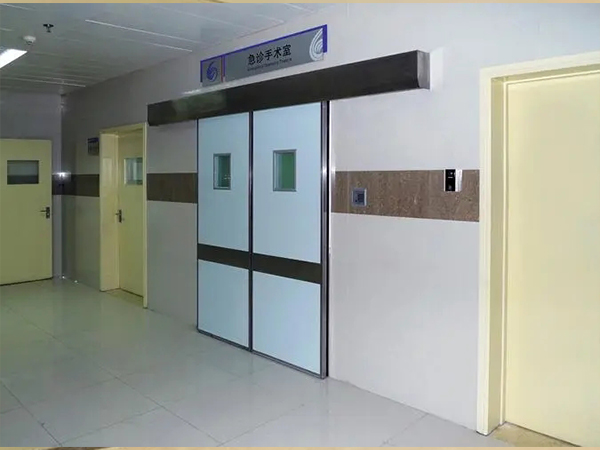
The development of medical door technology is due to the advancement of medical technology and the increasing demand for medical environmental hygiene, which enables the continuous development and innovation of medical doors to provide a safer and more hygienic medical environment. In the future, with the further development of technology, we can foresee that medical institutions will continue to adapt to new needs and technologies, providing more functions and convenience for medical institutions.
